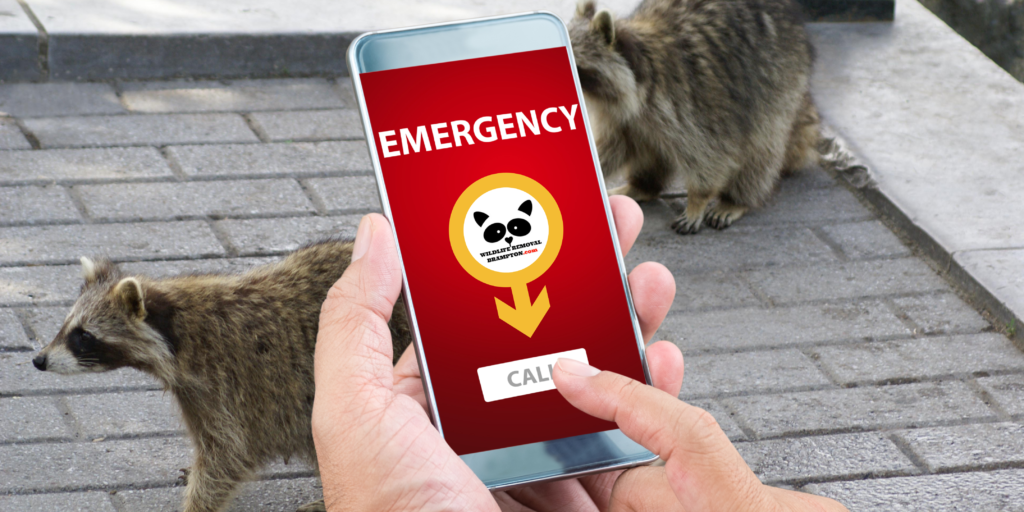Should the rodent populace in urban landscapes abruptly cease to exist, the initial aftermath might ostensibly appear advantageous, particularly in curtailing the proliferation of certain maladies and mitigating structural harm.
These creatures, notorious as vectors for myriad afflictions, some with lethal potential or inducing severe symptoms in humans, would, by their absence, likely diminish the risk of such disease transmission. Yet, the enduring ecological repercussions could unfold in intricate and possibly detrimental ways.
In the intricate web of city ecosystems, rats and mice are pivotal. They serve as sustenance for urban predators such as raptors and untamed felines. Their vanishing could unsettle these predators’ dietary regimes, precipitating either a decline in their numbers or heightened predation on alternate species. Moreover, these rodents partake in essential activities like the dispersal of seeds and the decomposition of organic substances. Their absence might impinge upon the flourishing of certain flora and the overall vitality of urban verdant spaces.
There’s also the prospect of unanticipated outcomes concerning the equilibrium of urban biomes. For instance, the void left by rodents might lead to the proliferation of other pest species, engendering new ecological challenges.
In essence, while the immediate ramifications of a rodent exodus from urban areas might seem propitious, particularly in the realms of public health and safeguarding infrastructure, the long-term ecological consequences could be labyrinthine and potentially deleterious.



